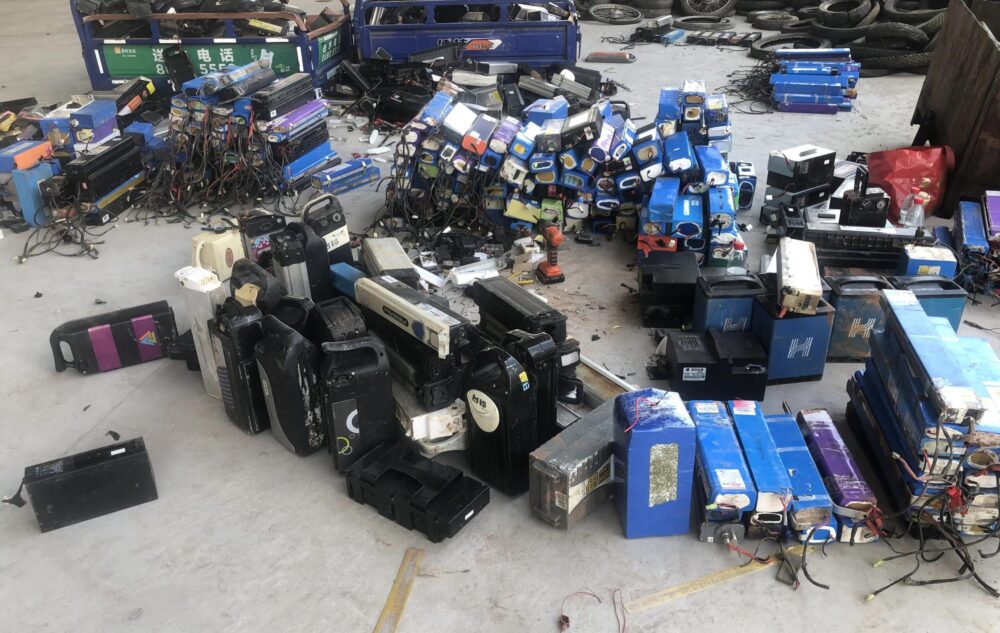Blog
Explore the Power of Lithium Innovation
Stay updated with the latest trends, technologies, and application insights in the world of lithium battery solutions
Search the whole station
Explore the Power of Lithium Innovation
Stay updated with the latest trends, technologies, and application insights in the world of lithium battery solutions
Lithium battery recycling is an extremely important task. Recycling valuable metals from lithium-ion batteries, reducing environmental pollution, and alleviating resource scarcity have significant social and economic benefits.
Used batteries contain heavy metals and waste electrolytes such as acids and alkalis. If discarded carelessly, these heavy metals can pollute rivers, lakes, and seas, indirectly threatening human health. Proper disposal and recycling of used batteries not only reduce pollution but also allow for resource recovery and reuse.

Yes, lithium batteries can be recycled. Valuable metals like cobalt, nickel, and lithium can be recovered and reused. Recycling reduces waste and lessens the consumption of Earth’s limited resources.
After recycling, lithium-ion batteries can be separated into valuable components and reused. Recycled batteries can serve in new energy vehicles or energy storage systems, creating practical environmental and economic benefits for society.
Lithium battery recycling companies operate in most cities and regions. When choosing a recycling service, consider:
Safety is essential. Avoid hitting, squeezing, or short-circuiting the batteries during handling. Local waste recycling stations may also accept lithium batteries. Large quantities can sometimes be returned to battery manufacturers for recycling.
The main recycling methods include:
All methods aim to efficiently recover valuable materials, promote resource recycling, and protect the environment.
1. Collection and Transportation
2. Pretreatment
3. Material Recycling
4. Recycling and Reuse
recycling lithium batteries is complex and requires professional technology and equipment. Continuous development of new recycling processes is essential to improve efficiency and reduce environmental impact.
Learn how to build a safe and reliable 18650 battery pack, including materials, tools, assembly steps, BMS installation, and key safety precautions for DIY and production applications.
View detailsLearn how electric scooter battery packs work, how to maintain them, troubleshoot common issues, and upgrade for longer rides and better performance.
View detailswhy 18650 lithium cell battery packs are vital for energy storage and electric vehicles, and how China has become a global leader in their production.
View detailsLearn how to assemble a high-performance 12V outdoor power supply using 36 18650 ternary lithium batteries in a 3S12P configuration, complete with protection board and 800W inverter installation.
View details
HelloPlease log in